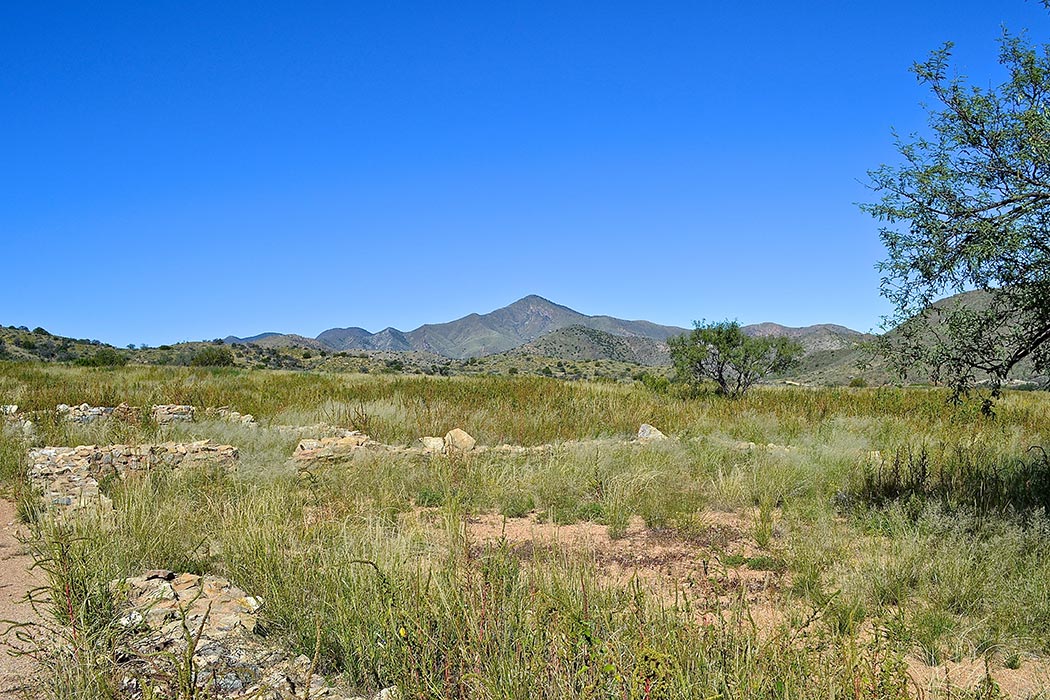As I traveled through the Southwest over the past few months, I met a lot of people. Some academics and archivists and National Park Service rangers, but also waiters, bartenders, B&B owners, and fellow gas station customers (I had a bike on the back of my car and it prompted a lot of commentary). When I would explain my reasons for being in the region and the book I was writing, most people (even those who lived in the area) expressed surprise that there were Civil War battles along the Rio Grande, or any kind of early U.S. military history. Then I would launch into stories about the Mexican-American War, the subsequent construction of U.S. military forts throughout New Mexico and Arizona, the reasons that both the Union and Confederacy wanted to control the American West, and the daunting task of supplying military installations with draft animals, food, and water.
The central drama of the Civil War in this region, I would explain, was the struggle to secure, transport, and ration supplies. At this point, my new friends would lose interest. And I don’t blame them; a narrative of war rooted in logistics does not seem particularly compelling.
But looking at logistics can tell us a great deal about what it took to survive in desert landscapes, and how tenuous U.S. military control of the region actually was.
At the Arizona Historical Society, a U.S. businessman’s 1862 claim for reimbursement from the federal government—a set of legal documents, published in pamphlet form—provided an abundance of evidence of these struggles over supplies after the Civil War came to the desert in the summer of 1861.
William S. Grant was a native of Maine who made his money in the shipbuilding business before the war. In 1859, he secured a federal contract to supply all the U.S. Army’s forts in New Mexico Territory (which at that time encompassed what we now know of as Arizona) and by the spring of 1861 his operations were up and running in the region. His timing could not have been worse. What shipments he had en route were delayed by the turnover in fort commands along the Texas and Louisiana coasts. Those that had already made it to Texas for transport to the region were destroyed by Union soldiers abandoning federal forts or confiscated by Confederate officials. Some of his goods and a valuable mill were also destroyed by Union officers in New Mexico after John Baylor’s successful actions against federals there in July 1861 and the establishment of the Confederate Territory of Arizona. In 1862, Grant filed his first claim for reimbursement against the U.S. government.
In his “Statement of the Prominent Facts and Grounds of Claim” Grant describes the expenses he incurred in building and supplying the remote U.S. Forts Buchanan and Breckenridge (southeast and northeast of Tucson, respectively), and in transporting military supplies from Tucson to Fort Fillmore, on the Rio Grande. The road he took (a road built by the Overland Mail Company) moved east out of Tucson, crossed the San Pedro River, wound up and over the Dragoon Mountains, a striking zone of jutting rocks and huge boulders now called “Texas Canyon,” down into a waterless valley, and finally up into the Chiricahua Mountains to Apache Pass. This area was a notorious site along the trail; Apache Springs was the only water source in the area, and a “convening site” for both animals and men; it was the perfect place for Apache raiders, led by chiefs Cochise and Mangas Coloradas, to attack Grant’s wagon train.
The ensuing battle trapped Grant and his men in the mail station at Apache Pass for seven days; the path between the mail station and Apache Spring moved through grassland with few trees for cover so Grant and his men had to drink water obtained from melting snow. Twenty-one of the seventy-five men with him died.
“Few persons who have not lived in that country,” Grant testified, “can, in the least, appreciate the great expense and difficulties attending a business carried on there.” The hostility of the Apaches, the small amount of goods produced in the region (meaning that he had to import most of it from other places), and labor issues endemic in sparsely populated regions, meant that his costs skyrocketed while the U.S. Army some refused to pay him, or delayed his payments.
Grant’s claims were initially denied—under the doctrine of “military necessity”—but in 1868 the federal government awarded him more than $100,000 to compensate for his wartime losses that were due to military interference (the Indian depredations could not be helped). One imagines that Grant was less than thrilled with this outcome—the three claims he filed totaled more than $270,000—but it was better than nothing.
For an environmental historian like me, Grant’s claim papers are fascinating, and provide important details about the 1860s Southwestern landscape: the roads that military officials and merchants alike took to traverse the region; the vulnerability of those roads to Apache attacks; the reliance on provisions to sustain the war effort (a condition that this region shared with other theaters of war but was also a matter of basic survival in this place in ways that it was not in others); and the significance of destroying those supplies to keep them out of the enemy’s hands, in a region where they were extremely difficult to come by.
While the issue of supply, and the claims records and other documents that provide evidence of it, may not seem to be the most glamorous of Civil War topics or sources, they actually provide a window into the most significant and intense dramas in the history of the desert Southwest.







